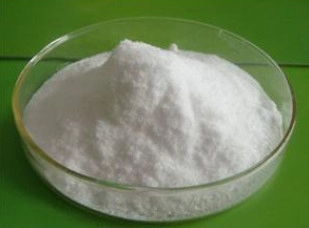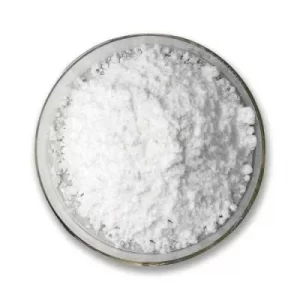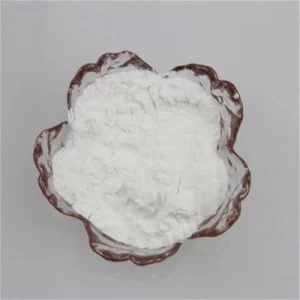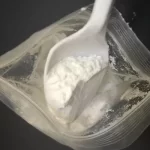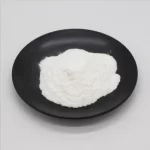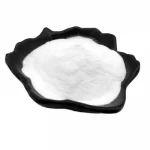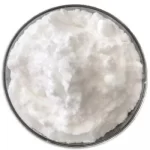Description
Anti Tumor Pharmaceutical CAS 320-67-2 5-Azacytidine
Description
| Product Name: | 5-Azacytidine | Other Name: | Antibiotic U 18496-15N4 |
|---|---|---|---|
| CAS No: | 320-67-2 | Purity: | 99% Min |
| Shelf Life: | 2 Years | Application: | Medication |
| Sample: | Available | Storage: | Cool And Dry Place |
| Appearance: | White Crystalline Powder | ||
| High Light: |
Anti Tumor 5-Azacytidine, Pharmaceutical 5-Azacytidine, CAS 320-67-2 Pharmaceutical Raw Materials |
||
Anti Tumor Organic Pharmaceutical Raw Materials CAS 320-67-2 5 – Azacytidine
Product Introduction
Name:5-Azacytidine
English synonym: Antibiotic U18496-15N4
CAS Number: 320-67-2
Molecular formula: C8H12N4O5
Molecular weight: 244.2
EINECS Number: 206-280-2
Product Description
Melting point: 226-232°C(dec.)(lit.)
Specific rotation: 40º(C=1, H2O22ºC)
Boiling point: 387.12°C (rough estimate)
Density: 1.4287 (rough estimate)
Refractive index: 1.6590 (estimate)
Storage conditions: -20°C
Acidity coefficient (pKa): 13.46±0.70 (Predicted)
Form: lyophilized powder
Color: White to Off-white
Water solubility: 0.5-1.0g/100mL at 21ºC
Product Function
Azacitidine exerts its antitumor effect by reducing DNA methylation and producing direct cytotoxicity to abnormal hematopoietic cells in the bone marrow. In vitro studies have shown that the concentration of this product at the maximum inhibition of DNA methylation does not seriously hinder DNA synthesis. Hypomethylation can restore the normal function of genes closely related to cell differentiation and proliferation. The cytotoxic effect of this product can cause the death of rapidly proliferating cells, including those cancer cells that have lost the control of normal mechanisms, while non-proliferating cells are relatively insensitive to this product.

